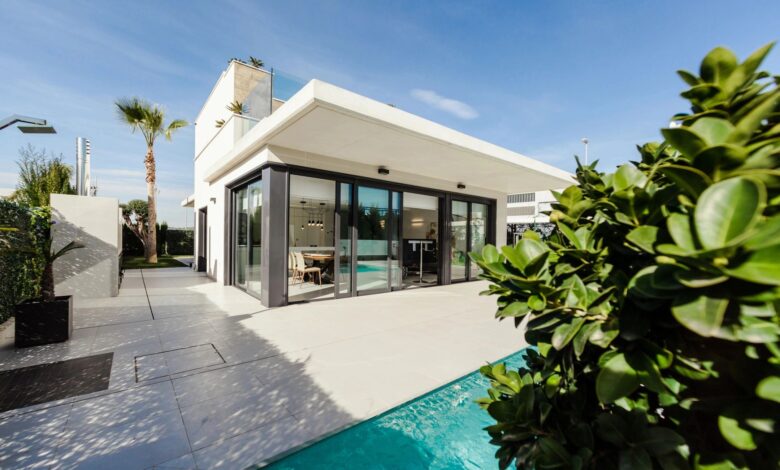FNB Insights: – Property Rates and utilities tariff hikes matter far more now than a decade or more ago

Recently, heads of some major listed property funds have again been highlighting the challenge of municipal rates and utilities tariffs that continue to rise in excess of general price inflation rates. This is becoming ever-more troublesome for tenants and property owners, as they contribute to operating costs eating into a rising portion of property incomes. It has been made worse in recent years by property income growth coming under pressure from a long-term economic stagnation. So, what happens next? Further weakening in national property real values and heightened business migration in search of a “better deal” seem the likely outcome. But can such increased regional competition for household and business ratepayers ultimately lead to improved service delivery in places?
By its own historic standards, property in South Africa is still expensive, albeit correcting slowly over time. It became “expensive” in the early-2000s as a massive interest rate reduction, and significantly improved business environment in the post-sanctions and boycott years, boosted economic growth to above 5% at a stage prior to 2008.
It meant that real (inflation-adjusted) rentals rose sharply, to an extent that even if key operating cost items such as council rates and utilities’ tariffs had risen at above general inflation rates back then, it would have mattered far less in those days due to the strength of the economy and commercial property rental markets. The market was far better able to absorb such cost increases back in those days.
So, MSCI’s All Commercial Property Net Operating Income data (inflation-adjusted using GDP inflation) showed an increase in real (inflation-adjusted) terms by a massive 73.4% from 1995 to 2015, while retail property, the long-term outperformer, had seen its real net operating income increase by an even more impressive 104.4%.
Therefore, in the initial years of above-inflation increases in electricity tariffs and municipal rates and other tariffs, from around 2008, the property rental market was still strong enough for real net operating income to move broadly sideways from 2007 to 2015.
Electricity costs initially rose very sharply as a percentage of property income, from 6.4% in 2007 to 12.2% by 2012, before levelling out somewhat to 2021.
Property taxation costs as a percentage of property income rose more gradually, but also virtually doubled from 5.12% as at 2007 to 10.35% by 2021.
In a stagnant economy with declining real rentals, property operating costs become more of an issue in recent years.
But then the economy began its long-term growth stagnation from around 2012, after a short post-GFC recovery.
Demand growth for commercial space came under gradually more pressure, vacancy rates rose, and property rental growth progressed at slower rates.
This environment of economic stagnation makes operating costs far more of an issue than in the stronger years.
Gradually the tenant population has become more financially constrained, and real rentals have declined. From the high of 2016, All Property Net Operating Income began to broadly decline, by a significant -19.8% cumulatively to 2021 in real (inflation-adjusted) terms ((real base rentals contributing to this with a -5.8% decline over the same period).
This is a significant fall to date, and it probably isn’t over yet. The result was a cumulative real decline in average capital value/square metre of -26% over the same period with likely more to come.
In this weak economic and property rental market environment, rates and tariffs really start to matter far more to both landlords and tenants, and it is really not just about the level of rates and tariffs, but also about what quality of municipal and utilities’ service is received in return.
What happens next?
In the near term, it is difficult to see above-inflation municipal rates and utilities tariffs ending. More downward pressure on real property net operating income and capital values, in part from these key operating cost sources of pressure, is thus likely.
But I would also expect the search for a “better rates, tariffs and services deal” by an increasing number of companies. In 2021 I recall a high-profile announcement that it would move its cheese factory in Lichtenburg to Durban, citing poor council water and electricity supply along with poor road infrastructure in the Lichtenburg area.
That was but one well-publicized case, but it is realistic to believe that such shifts in business activity geographically will escalate in the near future, given that many companies are increasingly financially-constrained in a stagnant economy, and with many councils implementing above inflation rates and tariff increases while services and infrastructure deteriorate.
And certain of the listed property funds are pointing to a region that appears to stand out above the rest in this regard. These property landlords appear to be significantly more excited about the deal they receive in the Western Cape, a region that appears to be increasingly outperforming the rest in terms of service delivery, infrastructure, household and business investment retention and attraction, and economic and property market performance. That region has for years been attracting strong net inflows of skilled and higher income “semigrants” as well as some business “semigration” too.
The question that follows is whether this regional competitive pressure will drive a positive service-delivery and rates response from certain other councils and regions in an attempt to retain and attract “semi-grant” businesses and individuals that they may have been losing? Signs of such a development are not obvious at this stage. But greater competitive pressure between regions and councils for business and ratepayers does have the potential to drive service delivery and rates “value-for-money” in an improving direction at some future stage.




